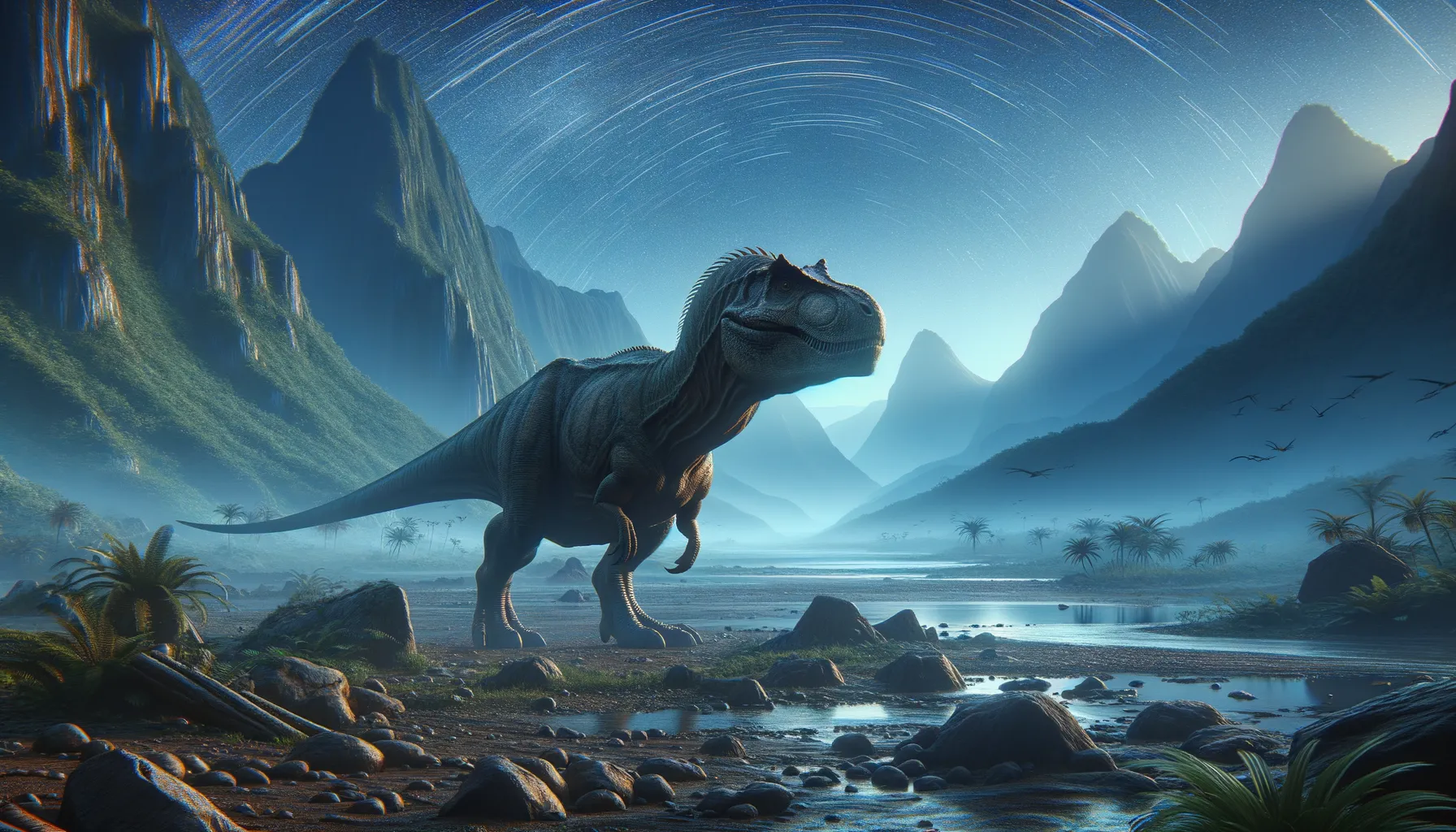
Torilion
Unravel dinosaur mysteries beyond fiction.
Period
Unknown
Length
Lacking information due to absence of fossils.
Height
Unknown without fossil data.
Weight
Unspecified due to lack of fossil evidence.
The dinosaur 'Torilion' seemingly doesn’t exist in paleontological records. It’s possible it is a fictional or mistaken name for another dinosaur species. Dinosaur research involves careful identification, and every known species is properly catalogued with descriptions based on fossil findings. Misinformation can lead to confusion in understanding dinosaur history, highlighting the importance of verified scientific data in paleontology.
Diet
Without confirmation of its existence, its diet is speculative. If related to large theropods, it might have been carnivorous.
Hunting
Hypothetical hunting behavior can't be identified without existence confirmation. Comparable large theropods often hunted in packs.
Environmental challenges
Dinosaur species faced diverse environmental pressures. These included climatic changes, which would force adaptation. Competition for resources among different species was constant. Predation was also a survival challenge for herbivorous dinosaurs.
Speed
Unknown, but likely similar to other large theropods.
Lifespan
Estimated to be around 70 years.
First discovery
No records exist for the so-called 'Torilion.'
Fun Facts
- Torilion was a herbivorous dinosaur believed to have roamed the earth during the late Cretaceous period.
- Despite its large size, Torilion was known for its gentle nature, feeding primarily on plants.
- Fossils of Torilion have been discovered in what is now modern-day North America, providing clues to its habitat.
- Torilion had a distinctive frill extending from its head, possibly used for display or protection.
- The name 'Torilion' is derived from Latin, meaning 'spiral horn', referring to its unique cranial features.
- Torilion's social behavior suggests they may have traveled in herds for protection and to find food resources.
- Interestingly, Torilion's teeth were designed to efficiently grind tough vegetation, indicating their role in shaping the ecosystem's plant life.
Growth and Development
Without fossil evidence, we can only draw parallels with known dinosaurs. Large dinosaurs usually experienced rapid growth in their juvenile phases. They reached full size in a few years due to abundant resources available in their ecosystems. Such growth patterns were typical in Mesozoic-era dinosaurs.
Habitat
The habitat of 'Torilion' cannot be ascertained due to lack of evidence. Hypothetically, large dinosaurs often inhabited diverse environments. These ranged from forested areas to river valleys, depending on their size and dietary needs. Well-preserved environments were crucial for fossilization.
Interaction with other species
Interactions of 'Torilion' with other species are unrecorded. Dinosaurs typically exhibited complex ecosystems. They interacted with other herbivorous and carnivorous species, often leading to competitive or predatory encounters.
Natural lifespan
Speculative lifespan remains unverifiable due to lack of fossils.
Reproduction
Reproduction cannot be discussed for 'Torilion' specifically. Similar large dinosaurs usually laid eggs and displayed nurturing behaviors.
Social behaviour
Specific social behavior of 'Torilion' is unknown. Theropods often showed pack behavior, suggesting possible social interactions.
Fossil locations
There are no known fossil sites attributed to 'Torilion.' Recognized dinosaur fossils are carefully documented for their geological significance, each contributing to the intricate history of life on Earth.
